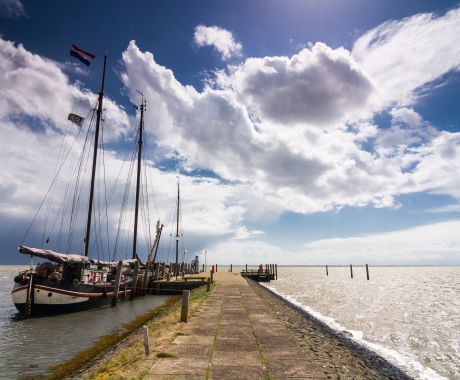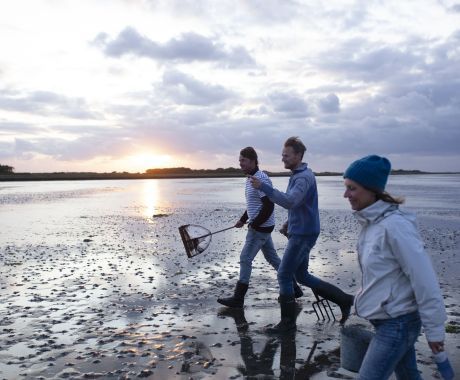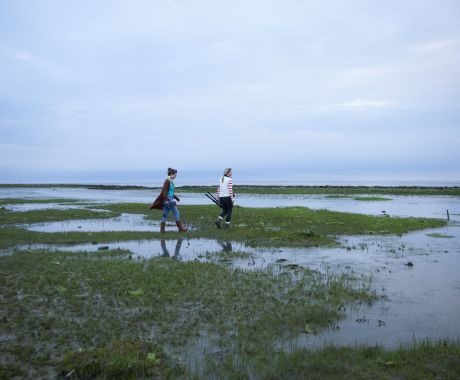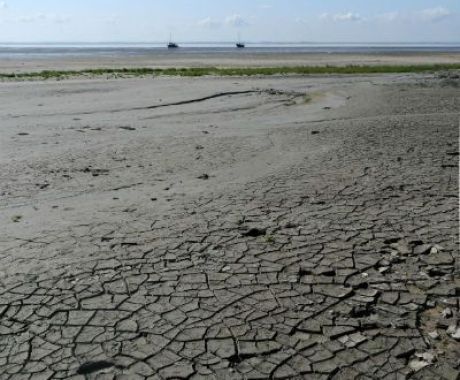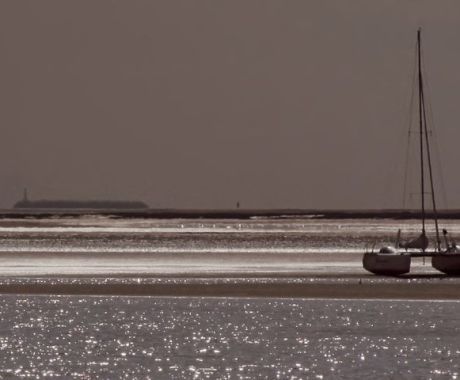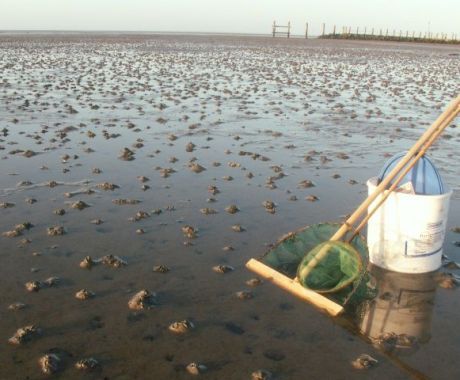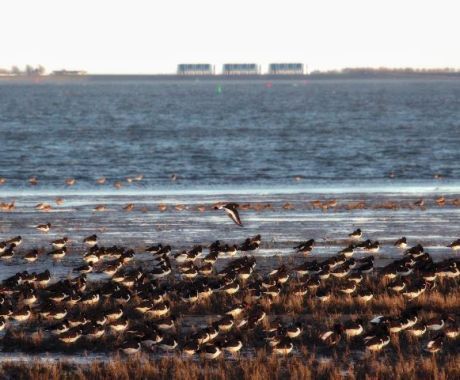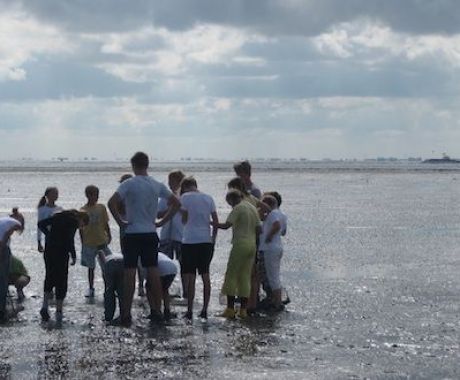
What?! “het Wad” - mudflats
On the Southside of national park Schiermonnikoog is “het Wad” located. “Het Wad” is an area of mudflats, this area is exposed when the tide is out.Twice every 24 hours these mudflats are flooded by the incoming tide. The incoming tide transports sand, sludge and other materials with it from the Northsea. Parts of this sand and sludge remains when the tide goes out again, this causes the mudflats to grow bigger and higher.
Nutritious Mud
The silty sea floor has a distinct salty smell and is rich in food making it the perfect habitat for many fish species, shrimps and crabs. Many shell fish feel at home in the mudflats such as cockles, mussels and Japanese oisters.
The nutritious sea floor, rich is fish and shell fish attracts many birds. Frequently clouds of birds can be seen coming and going to and from the mudflats. Seals are also found on the mudflats and are particulary noticeable when the tide is out when they lie on the sandbanks.
Visits to the mudflats are dependant on the tide, please consult the tide timetable for more information on this.
Meadow birds and and wintering geese like to rest in the fields just behind the sea wall, known as “The Polder”. These grassy meadows owned by the farmers on the island provide the perfect opportunity to do this.
